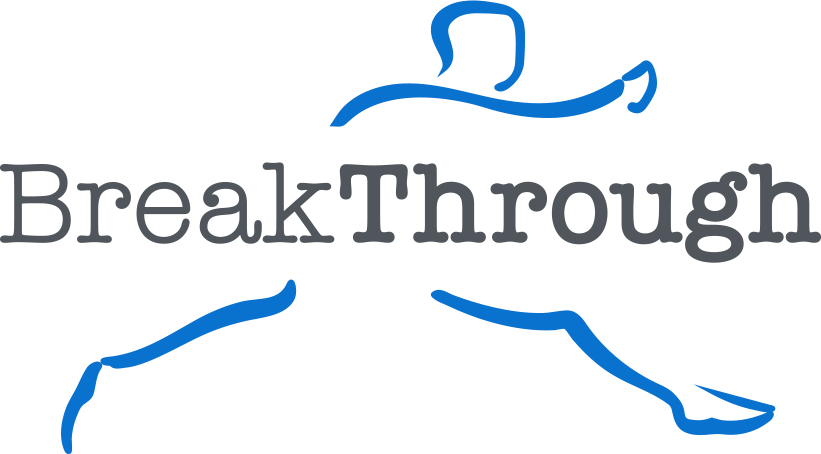by Dana Liang, PT, DPT
What is it?
Shoulder impingement syndrome is a general term describing a group of pathologies that occur at the shoulder joint. Shoulder impingement syndrome is the most common cause of shoulder pain and is the reason for between 44-65% of all physician office visits due to shoulder pain. Shoulder impingement syndrome can be broken down into two distinct categories: external and internal impingement.
External impingement (also known as subacromial impingement) occurs when structural and/or biomechanical abnormalities lead to compression of the supraspinatus tendon, biceps tendon, or subacromial bursa in the subacromial space (the space between the “ball and socket” of the shoulder joint).
Internal impingement is more common in overhead athletes and occurs when the posterosuperior labrum compresses the underside of the supraspinatus and infraspinatus tendons during overhead motions such as throwing a baseball.
Risk factors/Causes
- Repetitive overhead activities
- May be due to sports (e.g. baseball) or work duties (e.g. stocking shelves, cleaning windows)
- Imbalances or weaknesses in the muscles that stabilize the shoulder blade or in the rotator cuff
- Type 3 acromion (hook shaped)
- Leads to congenital narrowing of the subacromial space
- Poor scapulohumeral rhythm (poor movement of the shoulder blade during elevation of the arm)
- Poor posture including forward shoulders and an increased thoracic kyphosis (flexed upper back)
- Repetitive motions throughout the day that lead to poor posture (typing, working at the computer for long periods of time)
- Poorly designed exercise programs (typically not enough emphasis on muscles that retract the shoulder blades)
Physical Therapy Management
- Pain management
- Modalities such as ice, electrical stimulation, and ultrasound to decrease pain, reduce swelling, and improve the bodies capacity to heal
- Activity modifications
- May include changes to sleeping position, posture analysis to decrease impingement during daily activities
- Soft tissue mobilization/stretching
- Typically will focus on decreasing tightness/restrictions at muscles that lead to the above detailed imbalances (pec major/minor, biceps, latissimus dorsi, levator scapula, upper trapezius)
- Joint mobilizations
- Focus on decreasing capsular tightness, typically at the shoulder joint in the posterior and inferior directions
- Mobilizations of the scapula (shoulder blade) may also be indicated to improve overall movement
- Neuromuscular re-education
- Focus on improving the ability of the scapula to rotate upwards on the thoracic spine/rib cage as is needed to allow for full elevation of the shoulder without impingement
- Therapeutic exercises
- Restoration of full control/strength of the rotator cuff and scapular stabilizers
- Improve the mobility of the shoulder joint and the surrounding areas (i.e. thoracic spine, ribs, cervical spine)
- Exercises may be specific to patients level of function/goals (e.g. return to sport, return to work
Resources
- Escamilla RF, Hooks TR, Wilk KE. Optimal management of shoulder impingement syndrome. Open Access Journal of Sports Medicine. 2014;5:13-24. doi:10.2147/OAJSM.S36646.
- Umer M, Qadir I, Azam M. “Subacromial Impingement Syndrome”. Orthop Rev (Pavia). 2012 May 9;4(2):e18. <http://www.ncbi.nlm.nih.gov/pubmed/22802986>.
- Dong, W., et al. “Treatments for Shoulder Impingement Syndrome: A PRISMA Systematic Review and Network Meta-analysis.” Medicine (Baltimore). 2015 Mar; 94(10):e510. <http://www.ncbi.nlm.nih.gov/pubmed/25761173>.


